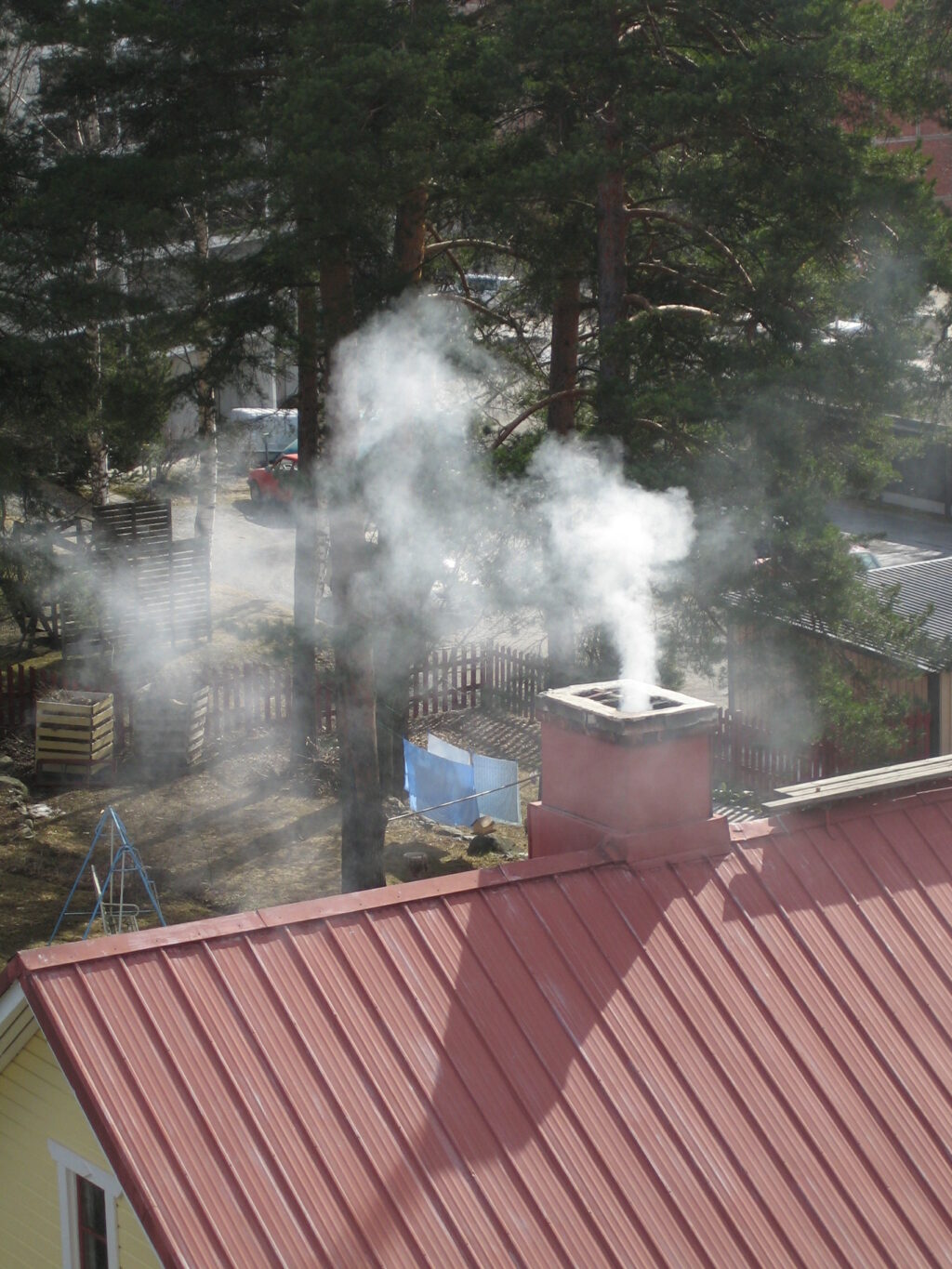Air protection

The most significant impact on the air quality of the Kuopio urban area comes from traffic emissions and street dust. The greatest impact of traffic emissions and street dust can be seen in the vicinity of the motorway running through the city. Industrial emissions have a local impact, especially in Sorsasalo, Itkonniemi and Haminalahti. In neighbourhoods of single-family houses, air quality is also influenced by heating emissions, especially from wood-burning fireplaces.
The city aims to reduce the impact of emissions when making decisions and issuing statements on environmental permits for industrial facilities and taking air quality into account in land use and transport planning. The improvement of air quality has also been promoted by participating in research projects on street dust and small-scale wood-burning in residential homes.
Kuopio’s latest air quality reports
More information on air pollution
National Air Pollution Control Programme 2030 first report by the State of Finland (pdf, in Finnish)
-
The City of Kuopio monitors air quality with various measurements from Kuopio, Siilinjärvi, Varkaus, and Jyväskylä. The measurements are available in real time on the Kuopio air quality website. The results of the measurement stations in all of these locations as well as other air quality information can be viewed and downloaded on the website.
The measurement results of cities included in the Kuopio measurement network can also be viewed using mobile applications. Mobile applications are available separately for Kuopio and Siilinjärvi (KuopioAir), Varkaus (VarkausAir) and Jyväskylä (JyvaskylaAir). You can download the Kuopio and Siilinjärvi application using the links below.
Air quality measurements for the whole country are available on the air quality page of the Finnish Meteorological Institute.
More information on air quality
Description of the Kuopio air quality measurement quality system (pdf, in Finnish)
The Finnish Meteorological Institute’s research data page on air quality
THL: air pollution (in Finnish)
Organisation for Respiratory Health in Finland: weather and air quality
Finnish Meteorological Institute: air quality guidelines and limit values (in Finnish)
-
Street dust is the most important factor affecting air quality in the Kuopio urban area. This is occasionally reflected in high concentrations of inhalable particles. Street dust concentrations are typically at their highest from March to April, but street dust may also be present in the air in late autumn and sometimes during the winter months, when street and road surfaces are clear of snow and ice. Around half of street dust consists of particles of road paving worn off by studded tyres, around a quarter consists of sand or gravel used as gritting material, and around a quarter consists of dust from car tyres, breaks and other similar materials.
Since 2018, Kuopio has been involved in several studies and surveys related to street dust.
-
- Sources, reduction methods and air quality impact of street dust: KALPA3 research project final report (pdf, in Finnish)
- Kuopio street dust study 2019: final report (pdf, in Finnish)
- Air quality survey: the formation of particulate matter at different speeds in motorway conditions (pdf, in Finnish)
- Air quality survey: the impact of flora on particle concentrations in the vicinity of a motorway (pdf, in Finnish)
The formation of street dust can be prevented and the cleaning of streets and roads improved using a variety of measures. The different measures available have been described on the Pöly-BAT project website.
-
-
In densely built single-family house areas, burning wood in ovens, fireplaces and sauna stoves can have an impact on air quality, especially on cold winter days. In addition to fine particles harmful to health, emissions from wood burning also include many other harmful compounds, such as polycyclic aromatic hydrocarbons (PAHs).
Kuopio has studied the impact of small-scale wood burning on air quality and exposure to air pollution.
Emissions and adverse effects of burning wood at home can be reduced by taking into account some general instructions on using your fireplace.
In case of complaints concerning the burning of wood at home, contact the municipal environmental or health protection authority.
Mikko Sokura
environmental inspector
Essi Holopainen
environmental inspector